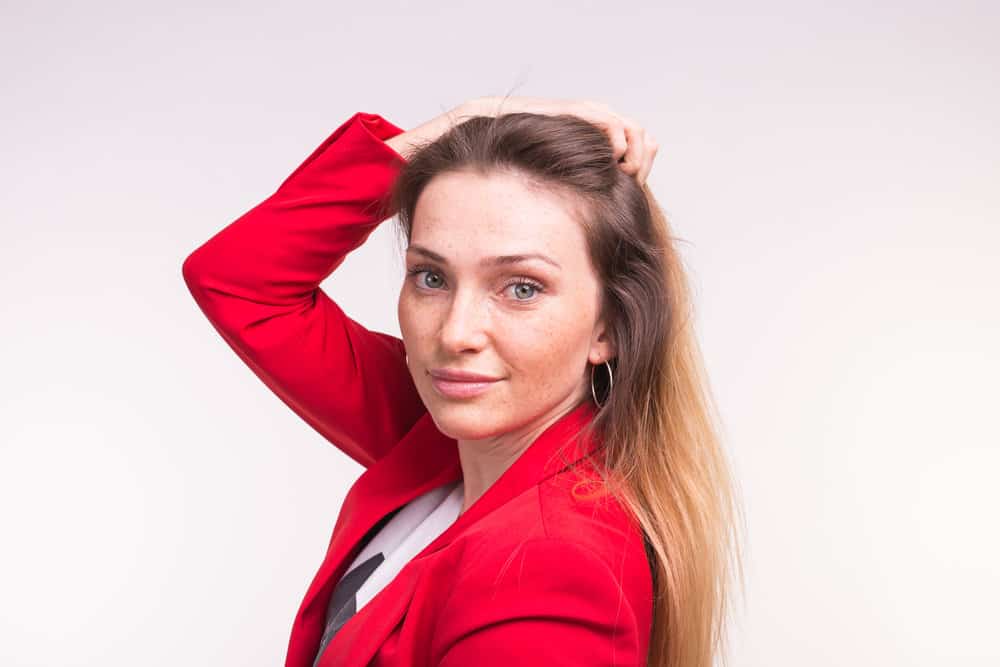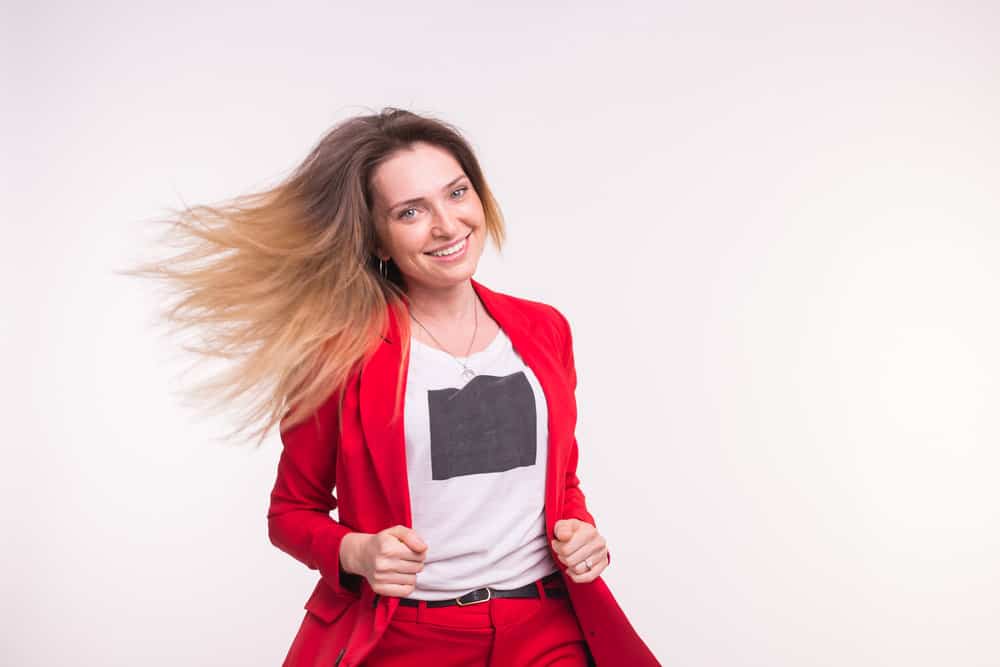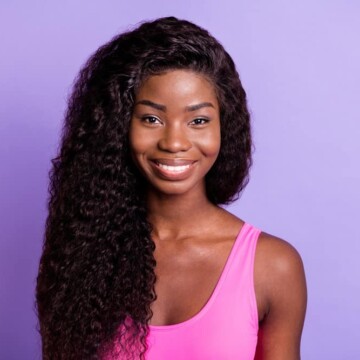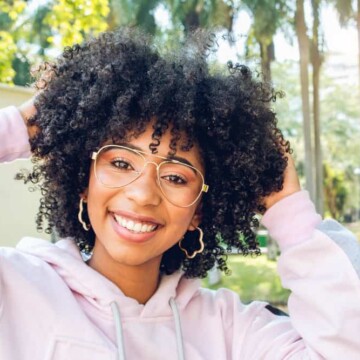
Have you ever noticed that many Jewish women wear wigs? It’s not just your imagination – it’s not uncommon to come across a Jewish woman in a wig. But, why do Jewish women wear wigs?
If you're wondering why that is, this article is for you! In this article, we will dive into the main reasons why Jewish women wear wigs and give you some insight into some other unique Jewish traditions.
Table of Contents
Why Do Jewish Women Wear Wigs?
It may surprise you to learn that Jewish women are among the biggest consumers of wigs. The primary reasons why Jewish women wear wigs are (1) to follow Jewish traditions, (2) to simply want to, (3) to be more modest, or (4) to hide their beliefs. Let’s get into each reason below!

1. To Follow Jewish Traditions
One of the central tenets of Jewish law is that women should cover their hair after marriage. Some Orthodox women adhere to this tradition by hiding their natural hair under a wig.
Better known in the Jewish community as sheitels, wigs allow a woman to cover her hair without sacrificing self-expression. But this wasn’t always the case.
In the past, sheitels were almost always cut into an unflattering bob. They had heavy bangs and came in limited lengths and colors. But in modern times, Jewish women are experimenting with wigs that allow them to show off and enhance their personal style.
Some Jewish women have even turned their love of wigs into a lucrative business and opened wig shops that cater to an Orthodox community. Because wig wearing is a religious practice, they have to follow the rules on how a wig is created.
Orthodox wigs are kosher certified and must adhere to Jewish tenets.
Jewish wigmakers must source their hair from approved donors and avoid using hair donated in other religious practices. As times change, some Jewish-run wig shops have started embracing non-Jewish clients and now sell their units to a diverse crowd.

2. They Simply Want to
While most Jewish women wear wigs for religious reasons, this isn't the case for everyone. Some Jewish women simply enjoy wearing wigs!
They might like the look of wigs or want to give their natural hair a break. Women of all kinds have embraced wearing wigs, and Jewish women aren’t any different.
3. To Be More Modest
Covering their hair is meant to make a woman look more modest and hide her attractiveness from unrelated men. Unmarried women don’t typically have to cover their heads, although some will during special occasions or when visiting places of worship.
It’s important to note that sheitels weren’t always embraced. The trend came into popularity among Italian Jewish women back in the 16th century.
Some rabbis initially condemned the practice, stating it doesn’t promote modesty. Today, sheitels are more popular than ever, although some religious leaders still debate whether they should be permitted.

4. To Hide Their Beliefs
One of the more unfortunate reasons for wearing sheitels is that they help Jewish women conceal their religious identity. Antisemitism is on the rise, particularly in Western countries like America.
Wigs allow Jewish women to adhere to tradition without calling attention to themselves. Women in sheitels can fly under the radar because wigs aren’t as recognizable as typical head coverings.
What Other Head Coverings Do Jewish People Wear?
Although wigs are common amongst Jewish women, not everyone wears them. Many Orthodox women favor conventional methods of covering their locks. In this section, we’ll take a look at some other head coverings worn by Jewish women and men.

- Yarmulkes and kippahs - When most people think of Jewish head coverings, yarmulkes are the first thing that pops into their minds. Jewish men wear these small skull caps on the crown of the head to show reverence to God.
- Shawls and scarves - Whether they find wigs uncomfortable or simply prefer to follow the rules more traditionally, many Orthodox Jewish women cover their hair with scarves and shawls.
- Cloth and veils - While modern shawls and scarves cover the hair, traditional cloths and veils cover the entire face. Some exceptionally pious women even cover themselves in loose, dark-colored material from head to toe.
Do Non-Orthodox Jewish women wear head coverings?
Typically, Conservative and Reformed Jewish women aren’t required to cover their hair after marriage. The specific rules vary depending on the synagogue.
Some take a laid-back approach and ask women and men to wear the same yarmulkes as a show of equity. Others may ask married women to don a head covering during religious services.

Why do Jewish women shave their heads?
Although it has become less common in modern times, some devout Orthodox Jewish women show commitment to the rules by shaving their hair after marriage.
Wigs and scarves may hide your strands but getting rid of them makes sure there’s nothing to see. To stay modest, they’ll shave off any new growth monthly.
Pros and Cons of Wearing Wigs
Whether you’re considering a sheitel for yourself or wondering what Jewish women who wear them go through, this section will be very useful to you. Here are some of the advantages and disadvantages of wearing wigs.

Pros
- Wigs save time - The amount of time a wig takes you to install depends on your personal preference. On the low-maintenance end of the spectrum, you can get a finished hairdo in the same amount of time it takes you to put on a hat!
- They hide hair loss - When some women suffer from hair loss and thinning, adjusting to their new look can take some time. Luckily, wigs can help you hide the effects of hair loss as you grow it out.
- You can customize your locks - A wig can instantly transform your locks, giving you virtually any style you want.
- Wigs protect your hair - There’s a reason why wigs are often referred to as a protective style. They keep your hair tucked away and give your strands a chance to recover. When you wear wigs, you don’t have to style your natural hair as often, giving it a break from the stresses of daily styling and wear.
- They let you test-drive different hairstyles - If you aren’t sure about a new cut or color, a wig can give you a test run of what the style will look like with your face and wardrobe. They can help you avoid fashion disasters or take the anxiety out of a significant change.

Cons
- They can get uncomfortable - Any woman who’s ever worn a wig knows the wave of relief that washes over you when you remove one after a long day. They can be tight, itchy, and all-around uncomfortable.
- Wigs are expensive - Higher quality wigs are exceptionally costly. The price mainly depends on the quality of the materials and the length and thickness of the hair.
- They might make you overheat - If the material of the cap isn’t breathable enough, it can cause you to get overheated. This is particularly true for anyone who lives somewhere that gets hot and humid.
- Some wigs can damage your hair or scalp - Although wigs are usually protective, they can damage your hair if you don’t wear them correctly. They can be especially damaging for women with little to no hair. The rough material of the wig cap may scratch and injure sensitive scalps.

- Why Do Jewish People Have Curls
- Why Do Black Girls Wear Wigs
- Where Were Wigs First Invented
- Types of Wig Hair
So, there you have it! Although some Jewish women wear wigs for no reason other than personal interest, many wear wigs to adhere to Jewish rule. We hope this article has helped shed some light on why Jewish women wear wigs and enabled you to learn a little more about Jewish tradition.




